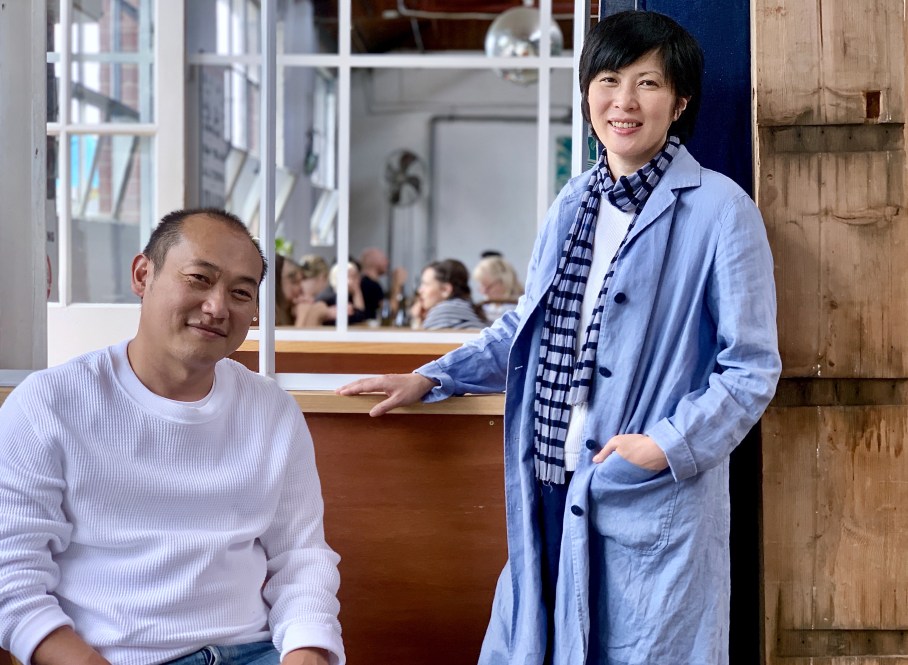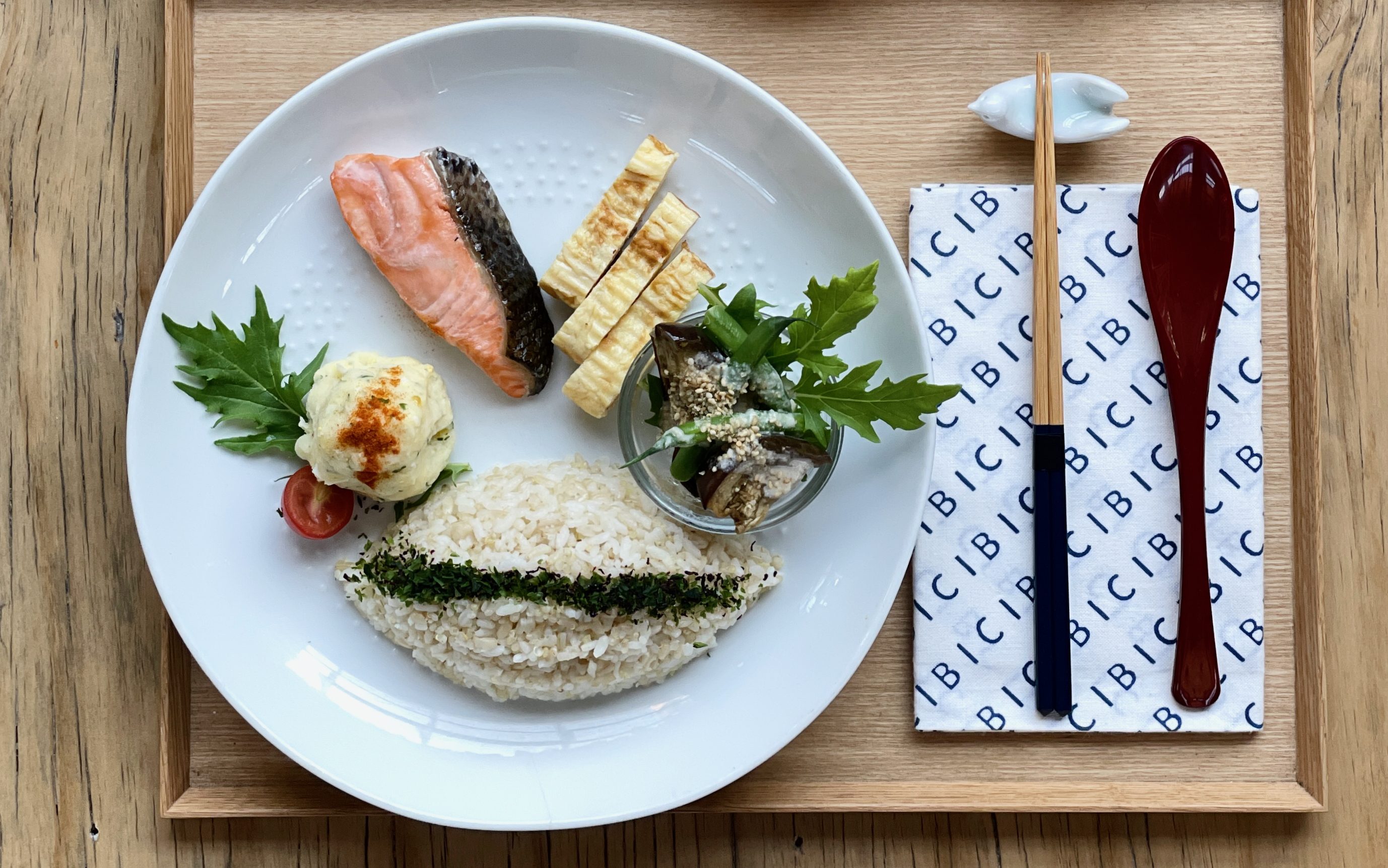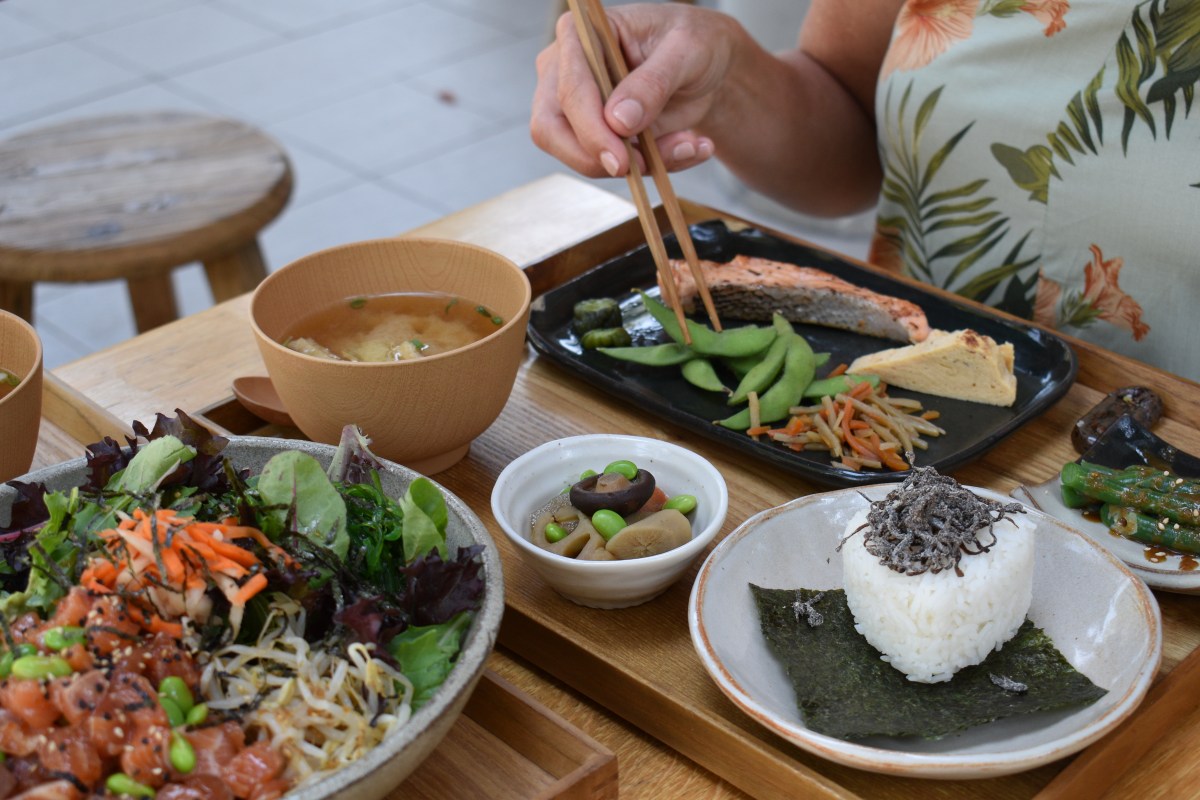Breakfast has long held the title of being the most important meal of the day. It takes many different forms across the globe from the traditional English with eggs, bacon, and toast to Japanese, where the meal consists of a compilation of small dishes. Referred to as asagohan in Japanese (morning meal or rice), there are many ingredients and flavours that intertwine to ensure a balanced and nutritious start to the day.
To find out more, Hospitality speaks with Meg Tanaka from Cibi in Melbourne and Fuminori ‘Bun’ Fukada from Café Monaka in Sydney about their own personal experiences with asagohan, the importance of balance and seasonality, and sharing a piece of their heritage with local diners.
Cibi’s asagohan mirrors what Owner Meg Tanaka enjoyed during her time in Okayama, Japan. “Since we opened Cibi in 2008, we have been serving a traditional breakfast,” she says. “It is based on my grandmother’s home cooking which I grew up with and it starts the day for our community. It’s like home, and simply sharing what we love.”
Titled as the Cibi Japanese breakfast plate on the menu, the dish includes grilled sliced salmon; tamagoyaki (Japanese omelette); seasonal cooked vegetables; house-made potato salad; mixedgrain rice; and Meg’s grandma’s miso soup with vegetables. There’s also a vegetarian variation minus the salmon, and the option to add on natto (fermented soybeans), umeboshi (sour plum), nori (seaweed), and pickled vegetables.

Similarly, Fuminori ‘Bun’ Fukada and his wife Eriko ‘Ellie’ Fukada are replicating their own culinary experiences at Café Monaka on Sydney’s Northern Beaches. “It’s something I grew up on, and I’m really proud of it,” says Fukada. “The food we have back home is what I wanted to highlight … we have brought the elements of the food we grew up with to the Aussie table.”
Café Monaka’s asagohan comprises steamed rice with furikake seasoning; miso soup; grilled salmon with shio koji (fermented rice) marinade; edamame; tamagoyaki; kobachi (seasoned vegetables); tsukemono (pickles); and other seasonal sides. All the elements are made in-house and reflect what Fukada grew up eating in a rural fishing town in Japan.
The format of asagohan comes from the traditional Japanese meal set-up ichiju sansai that directly translates to ‘one soup, three dishes’. “The idea is that you get a well-balanced intake of three nutrients your body needs,” says Fukada.
Rice, soup, and protein are the three constant elements of the offering, with other side dishes switched in according to seasonality and produce availability. At Café Monaka, miso soup, rice, and grilled salmon is accompanied by nimono (vegetables in a soy-based broth), potato salad, and goma-ae (green beans in sesame sauce).
Similarly, Cibi’s asagohan follows the same formula. “Rice and soup are always part of a traditional Japanese breakfast and are a great source of energy,” says Tanaka. In Japan, side dishes vary according to where people live and the ingredients they have access to. “Our cousins always brought fresh fish when they visited from the seaside,” says Tanaka. “Seasonal changes delivered new vegetables for grandma’s miso soup and regional produce such as ume plums made their way onto the plate.”
Ultimately, balance is what ties the meal together in line with the Japanese food approach known as washoku. “There are various ingredients based on Japanese food culture washoku [which is] focused on fresh ingredients, nutritional value, and balance,” says Tanaka.
Fukada echos the sentiment. “The side dishes change based on availability and seasonality, but the balance is always carefully looked at,” he says. “Everything has to go with the other when it comes to flavour, nutritional balance, and even the way it looks on the tray.”

On the drinks front, tea is usually paired with asagohan and plays a large role during all meals in Japan. “People drink tea with their meals or at the end … it is good for your health, too,” says Tanaka. “There was always tea during meals at home, water was not served in my family.”
While the type of tea varies according to each household, Tanaka notes the main types are all green teas: sencha, genmaicha, and hojicha. Cibi sources three types of tea from an organic farm in Kyushu and Monaka Café serves a range of teas from Norm Tea House in Japan including sencha, hojicha, oolong, and black. It also has bespoke original pours under the Tea by Monaka brand, which encompass two types of sencha, hojicha, and a matcha and hojicha powder selected by Fukada.
The principles of washoku also carry over to preparation, with great importance placed on the time it takes for a traditional asagohan to be made. “All the elements are prepared in the morning and not the night before,” says Tanaka. “I like to say, ‘Miso soup woke me up’, as my grandma would prepare breakfast for the whole family at sunrise.”
A focus on preparation and freshness is also important for Fukada and the Café Monaka team, with rice and miso soup made each morning along with the proteins and side dishes. Enjoying the meal goes with the territory, and Tanaka believes the breakfast “asks” diners for their time as it’s not a meal that can easily be taken with you. “Breakfast gathered our multi-generational family every day,” she says.
In a world that’s always on a time crunch, asagohan prompts one to slow down in terms of preparation and enjoyment. The deeply ingrained philosophy of washoku determines each component, which is plated to create a harmonious balance of flavour, texture, and nutrition. It’s not just about the ingredients and the flavours, but the feeling and experience surrounding it. “A shared experience at the beginning
of the day brings warmth to your heart,” says Tanaka, “and delicious flavours, too.”

